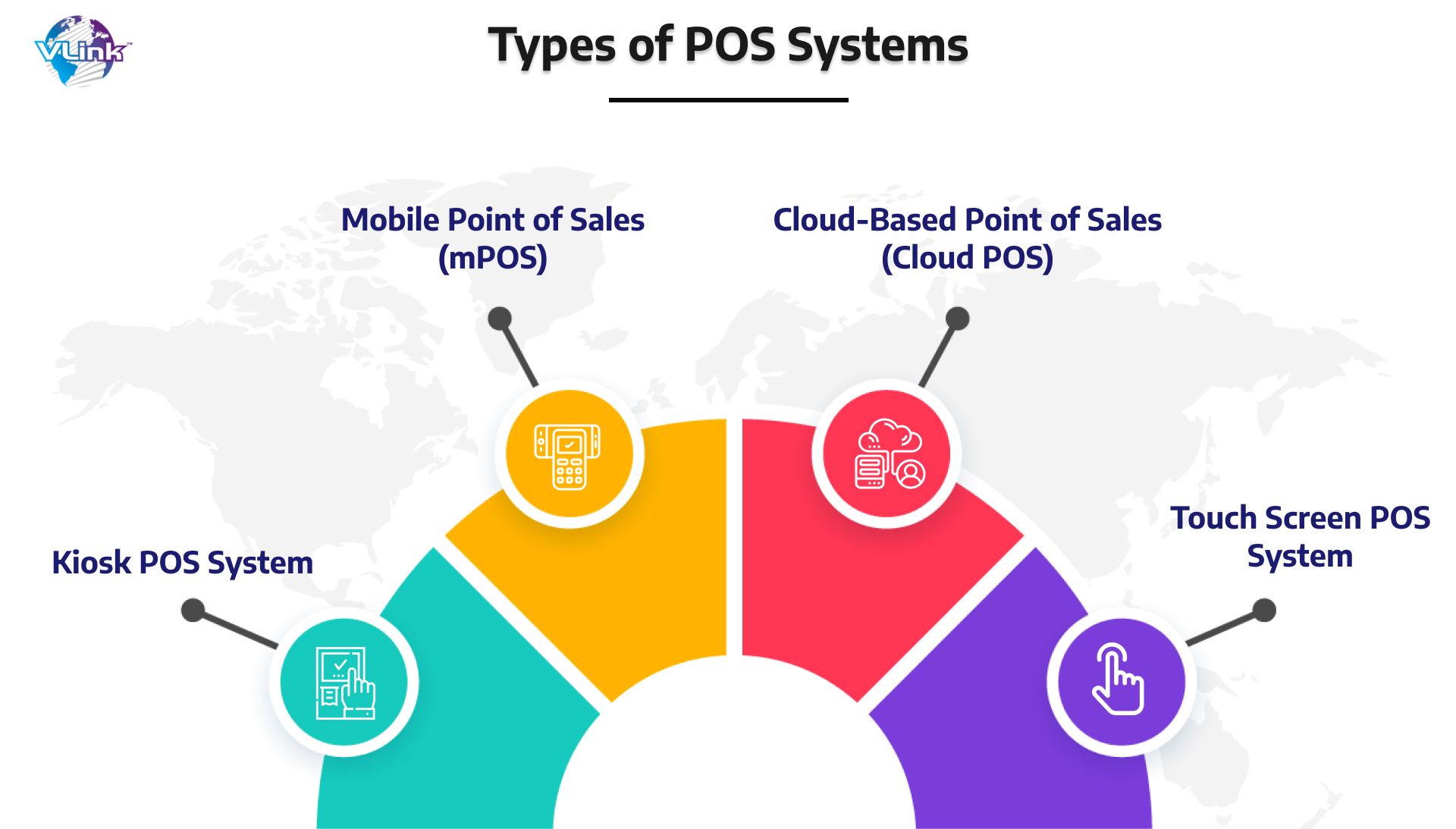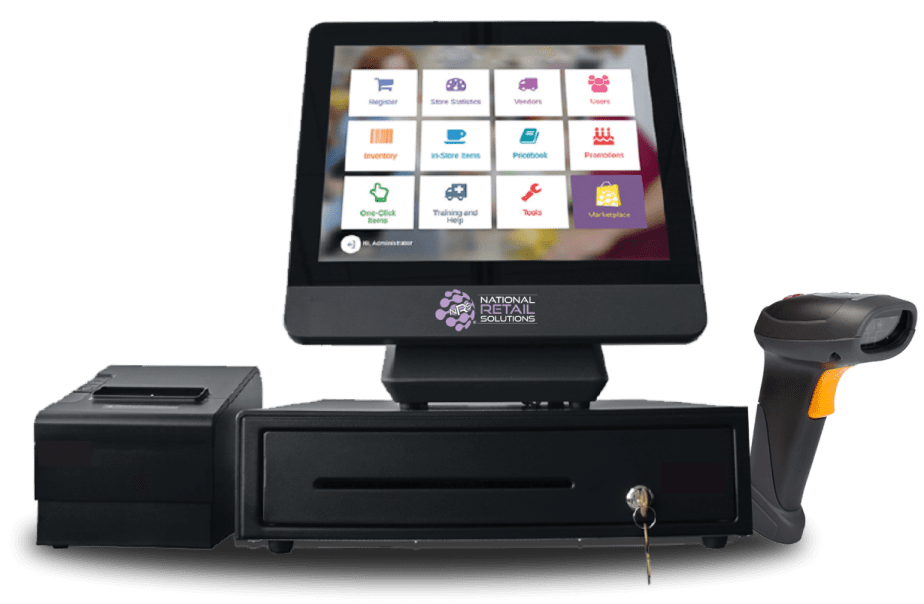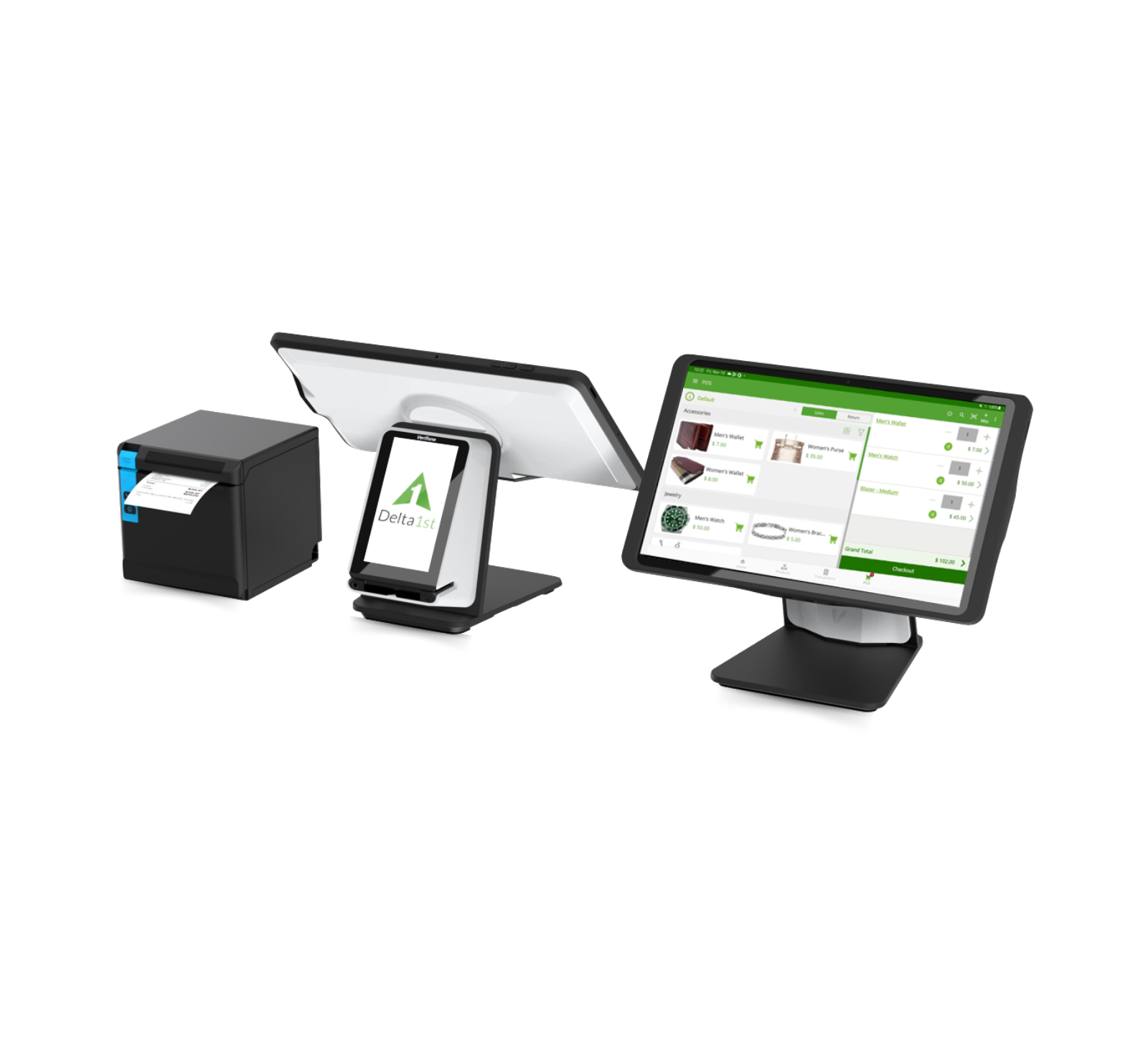How POS System Works: A Comprehensive Overview for Entrepreneur

Understanding the Components of a POS System

How Sales Transactions Are Processed
When a consumer chooses to buy, the sales purchase starts a series of methodical steps within the POS system. The cashier inputs the items being bought, which are scanned through a barcode visitor or by hand entered. This action obtains item information, consisting of pricing and applicable taxes, from the system's database.Next, the consumer exists with the total amount due. The POS system after that refines the repayment, whether through cash, credit scores card, or mobile payment methods (Restaurant POS Software). For digital repayments, the POS safely connects with payment cpus to license and validate the transaction.Once the settlement is confirmed, the system generates a receipt, which can be printed or sent electronically. This receipt works as receipt for the consumer. Ultimately, the purchase data is videotaped in the system, ensuring accurate sales records and monetary tracking for business
Inventory Monitoring and Monitoring

Effective supply monitoring and monitoring are essential components of a POS system, as they guarantee that companies preserve excellent stock levels and minimize discrepancies. A durable POS system enables real-time stock updates, showing sales and returns immediately. This allows entrepreneur to check supply degrees accurately, making certain that prominent things are readily available while stopping overstocking of much less popular products.Additionally, advanced POS systems use features such as automatic supply signals and reorder ideas, simplifying the procurement process. Barcoding and RFID modern click here technology enhance accuracy in tracking stock activity, decreasing human error. Extensive reporting devices provide understandings right into stock turnover rates, assisting services make informed decisions regarding acquiring and item offerings. Ultimately, efficient inventory monitoring through a POS system not only boosts functional efficiency however also improves customer satisfaction by making sure product schedule.
Analyzing Client Information and Insights
Client data analysis functions as a powerful device for companies utilizing a POS system (Restaurant POS Software). By gathering and checking out transaction data, businesses can reveal useful understandings about client habits and preferences. This evaluation allows them to determine acquiring patterns, peak shopping times, and preferred items, thus notifying inventory choices and advertising strategies.Additionally, services can segment their consumer base, permitting personalized advertising and marketing initiatives that deal with specific demographics or buying routines. Understanding consumer loyalty patterns likewise aids in developing targeted promos and benefits programs.The data gleaned from a POS system can also expose insights right into customer comments, making it possible for services to make enlightened decisions relating to item offerings and service renovations. Ultimately, leveraging customer information properly can boost the overall buying experience, foster customer contentment, and drive revenue growth
Advantages of Executing a POS System

Frequently Asked Inquiries
What Kinds Of Organizations Can Gain From a POS System?
Various services take advantage of a POS system, including stores, dining establishments, hair salons, and ecommerce systems. These systems enhance transactions, inventory administration, and consumer data, enhancing operational efficiency and improving consumer experience across diverse industries.
How Much Does a POS System Typically Cost?
The cost of a POS system usually ranges from a few hundred to a number of thousand dollars, depending upon functions, hardware, Restaurant POS Software and software program. Businesses must consider ongoing costs for assistance, upkeep, and purchase handling when budgeting.
Can I Incorporate a POS System With Existing Software?
Incorporating a POS system with existing software program is usually viable. Numerous systems provide APIs or built-in compatibility features, allowing companies to improve procedures and enhance performance by attaching numerous software application applications effectively.
What Training Is Required for Team to Utilize a POS System?
Educating for team to use a POS system generally includes understanding software functionalities, refining deals, handling supply, and dealing with consumer interactions. Practical demonstrations and hands-on session enhance proficiency and self-confidence in operation the system efficiently.
What Takes place if the Net Drops While Utilizing a POS System?
If the web drops during POS system usage, purchases may be interrupted. Several systems provide offline abilities, permitting basic operations to continue, but full performance, consisting of real-time stock updates, will be limited. A Point of Sale (POS) system is composed of a number of key components that work with each other to handle and assist in transactions company operations. Effective supply management and tracking are crucial parts of a POS system, as they guarantee that organizations maintain suitable stock levels and decrease inconsistencies. Customer information evaluation serves as a powerful tool for businesses utilizing a POS system. Comprehending consumer loyalty patterns likewise assists in developing targeted rewards and promotions programs.The information gleaned from a POS system can also reveal understandings right into client responses, making it possible for Restaurant POS Software businesses to make enlightened choices pertaining to item offerings and service enhancements. Executing a POS system offers numerous benefits that can greatly enhance business procedures.